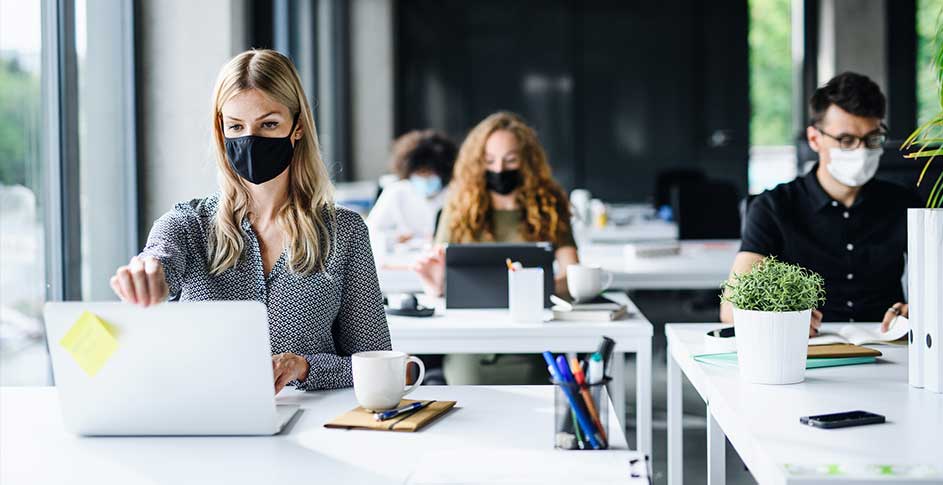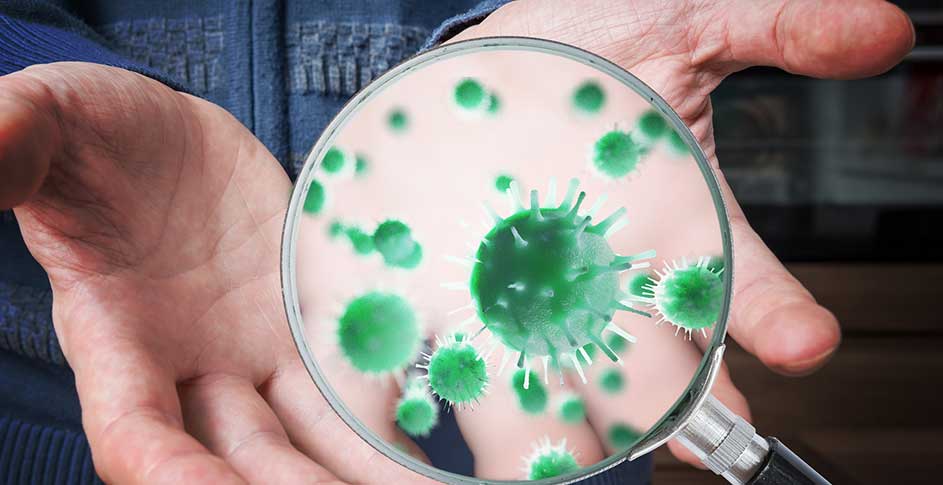As summer fades into fall, the air begins to turn crisp and the leaves start to turn, which can only mean two things – it’s pumpkin spice season, and respiratory virus season is making its unwelcome annual return. This autumn let's take a closer look at two lesser-known but troublesome bugs: Respiratory Syncytial Virus (RSV) and Human Metapneumovirus (HMPV). While they might not be as famous as the flu, these sneaky pathogens can really pack a punch, especially for the young and the young-at-heart.
RSV and HMPV: Partners in Respiratory Crime
Think of RSV and HMPV as the dynamic duo of respiratory distress. They're both enveloped viruses that are part of the Pneumoviridae family – kind of like viral cousins. At first, they might seem like just another common cold, or even the flu or Covid, but don't be fooled. These viruses can sometimes take a turn for the worse, leading to more serious lower respiratory infections. Despite their similarities, each has its own quirks that set it apart. For starters, RSV usually targets younger children, while HMPV tends to hit slightly older kids – peak age for severe illness in children is in infants younger than six months, and between 6-12 months, respectively.
When it comes to timing, RSV typically makes its grand entrance in the winter, followed by influenza, and then HMPV, which likes to hang around into the spring. In terms of symptoms, HMPV infections often come with a fever and runny nose, while RSV is more likely to cause wheezing and faster breathing. HMPV cases can sometimes lead to more severe outcomes, with kids needing antibiotics or even intensive care. Despite these differences, both viruses can present similarly, making it tricky to tell them apart without specific viral testing.
The Seasonal Shuffle
RSV typically kicks off its annual tour in late fall, hitting its stride in winter. HMPV, on the other hand, likes to arrive fashionably late to the party, usually peaking in late winter to early spring. Sometimes, it even sticks around until May. This staggered schedule means we're barely done dealing with one before the other starts causing trouble.
Interestingly, in tropical places like Nicaragua, these viruses dance to a different beat. Studies have shown that HMPV tends to peak during the rainy season, usually in July or August. It just goes to show that when it comes to viruses, location really does matter!
Spreading the "Love"
Both RSV and HMPV are equal opportunity troublemakers. They spread through respiratory droplets and close contact, but they're also fond of hanging out on surfaces for hours, waiting for an unsuspecting touch. This makes hand-washing and keeping surfaces clean paramount in our fight against these viral villains.
While anyone can catch these bugs, some folks are more likely to have a tough time:
- Babies and young kids, especially premature infants
- Older adults (65 and up)
- People with weakened immune systems
- Those dealing with long-term heart or lung problems
The Aftermath: More Than Just a Bad Cold
In the short term, these viruses can cause all sorts of respiratory woes, from mild sniffles to serious breathing problems that might land you in the hospital. But here's the kicker – the story doesn't end when you start feeling better. There's growing evidence that severe RSV infections in babies might increase their chances of having recurring wheezing and asthma later in life. It's a stark reminder that these so-called "common" viruses can have some pretty uncommon long-term effects.
Fighting Back: A Team Effort
So, how do we tackle these microscopic menaces? It's all about a comprehensive, multi-pronged approach:
- Prevention is your best friend: Wash your hands regularly, avoid close contact with sick people, and stay home if you're under the weather.
- Vaccines are making progress: There are now RSV vaccines and monoclonal antibody treatments for certain high-risk groups, and scientists are working hard on HMPV vaccines as we speak.
- Keep your environment clean: Regular cleaning and good ventilation in indoor spaces are crucial.
- Early detection matters: Quick testing and proper care can make a big difference in managing these infections.
- Air purification, the unsung hero: Advanced air purification systems such as ActivePure Technology can be a game-changer in effectively targeting and removing enveloped virus particles from the air and surfaces. This advanced photohydrolysis technology is available in induct and portable units, giving you an invisible shield against these respiratory invaders in any setting, with the additional benefit of providing surface decontamination that helps address these pathogens across the entire indoor space.
As we gear up for another respiratory virus season, remember that knowledge is power. By understanding these viruses and taking smart steps to prevent them – including using cutting-edge air purification – we can all breathe a little easier. Stay alert, stay informed, and stay healthy this season.



